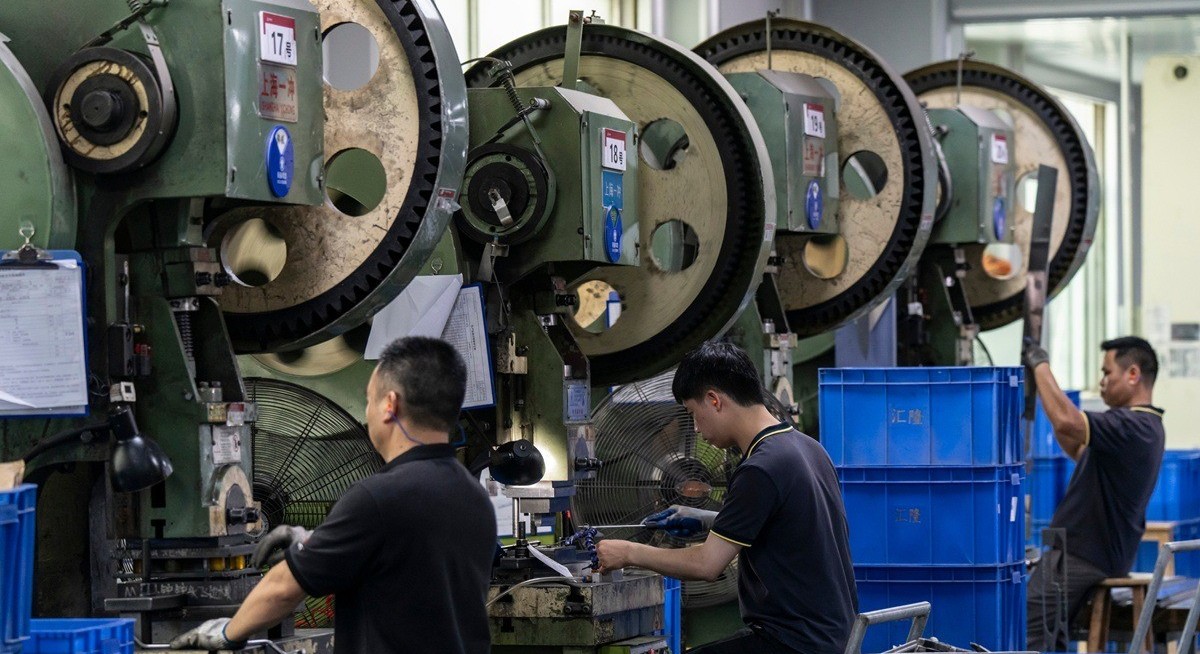(Oct 31): China’s factory activity slump worsened in October, reaching its longest decline in more than nine years, as a deepening economic slowdown sets in during the final quarter.
The official manufacturing purchasing managers’ index (PMI) was 49, versus 49.8 in September, the National Bureau of Statistics (NBS) said Friday. The median estimate of economists surveyed by Bloomberg was 49.6.
The non-manufacturing measure of activity in construction and services inched up to 50.1, after slipping in September to reach the 50 mark that separates contraction from growth. Seasonal factors were likely at play, since national holidays in October 2025 were longer than last year’s break.
The slowdown in factory activities was partially the result of the eight-day public holiday and “increased complexity in global environment,” Huo Lihui, a statistician at the NBS, said in a statement accompanying the release. “Manufacturing firms’ production and market demand both fell,” she said.
Tensions with the US over trade escalated last month, before a deal reached by US President Donald Trump and his Chinese counterpart Xi Jinping at talks on Thursday in South Korea.
See also: China plans, businesses benefit
Tariff relief and a wider climbdown in the trade war promise a respite for a Chinese economy, whose expansion decelerated last quarter to the weakest pace in a year. While growth is on track to reach this year’s target of around 5%, many analysts predict the final three months of 2025 will see the slowest performance since zero-Covid lockdowns roiled production in 2022.
In a sign of reduced production activity, the output sub-index under the manufacturing PMI fell into the contractionary territory for the first time since April.
Beyond the risks abroad, subdued domestic demand is also hurting the outlook for Chinese factories. Households surveyed by the central bank in the third quarter of the year became less willing to consume and turned more pessimistic about employment.
See also: Chinese financials’ earnings growth set to outpace wider market
And although export growth has been surprisingly robust this year, questions around its sustainability remain after a rush to get ahead of tariffs boosted activity for much of 2025. Now that Xi and Trump agreed to a longer trade truce, it’s possible that overseas demand could begin to cool if customers no longer feel the need to stockpile goods in anticipation of higher duties.
Looking over the next five years, Beijing has made clear of it plans to keep tech and manufacturing as the top priorities, even as it pledged to “significantly” boost the share of consumption in its economy.
Officials plan to take “extraordinary measures” to achieve breakthroughs in core technology and strengthen export controls, according to a readout from a key policy meeting in October that discussed China’s next five-year plan.
Uploaded by Liza Shireen Koshy





